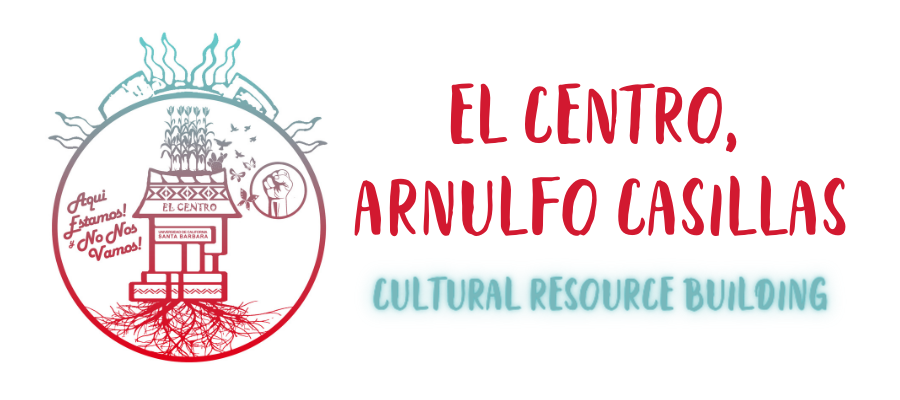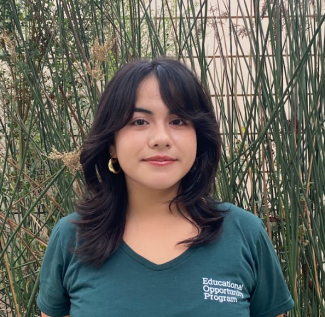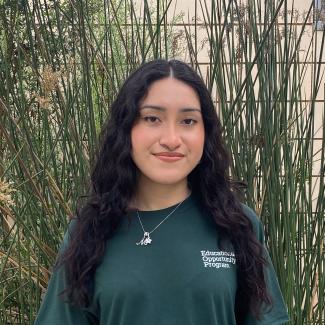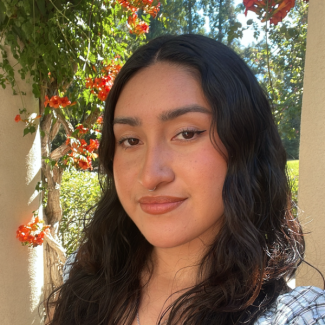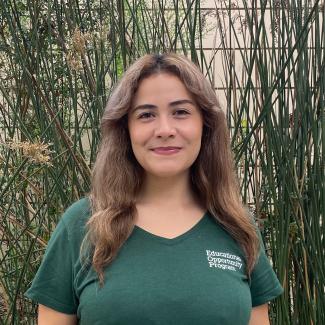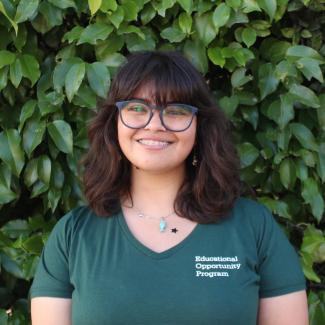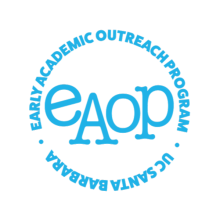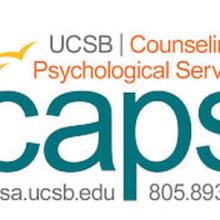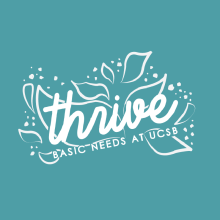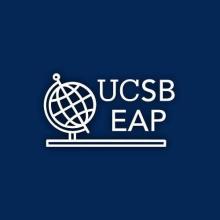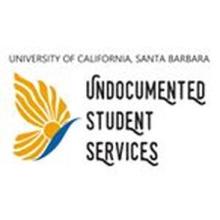A History of El Centro, Arnulfo Casillas
During the height of the Civil Rights era and the Chicano movement, students at UCSB protested and took over buildings demanding that the campus address institutional racism by recruiting and supporting students of color, hiring more professors and counselors of color, and establishing Black and Chicano Studies Departments. After the historic Plan de Santa Barbara took place at UCSB in 1969, Chicano students outlined a plan for higher education for Chicanos. To help make the vision of the plan become reality, in January 1970 William Villa, EOP's first Chicano counselor, opened the doors to building 406. The building was home to Chicano EOP, La Colleccion Tloque Nahuaque, the Chicano Studies Department, the Center for Chicano Studies, and Movimiento Estudiantil Chicano de Aztlan (MEChA). As a result, El Centro building 406 became UCSB's first cultural resource building.
Although Chicano students were able to make these gains, their contributions remained in constant danger. In 1973, the university announced plans to defund Chicano recruitment and retention programs (Chicano EOP) and the Chicano studies department. A split between Chicano and Latino students at El Centro also sparked around this time. The growth in the Chicano and Latino students at UCSB caused the creation of more student organizations. Although there was a growth in Chicano and Latino students on campus, the funding provided for student programming remained stagnant. This increased tensions between students from MEChA and La Raza Libre. Arnulfo Casillas, who was a transfer student and Vietnam war veteran, brought the organizations together to form El Congreso. The students then began to organize to defend the funding of Chicano student programs and services. In 1975, Arnulfo Casillas, El Congreso, and other student organizations took over the North Hall computer center to demand the ending of budget cuts to programs that support students of color on campus.
In the 1990s, the university proposed demolishing El Centro to expand the library. Governor Pete Wilson's budget cuts to education halted the demolition of El Centro. Chicana/o and Latina/o students felt that their presence on campus was once again in jeopardy. In 1994, students from El Congreso went on a hunger strike to demand that El Centro become a permanent space - among other demands. The university agreed to make the "concept" of El Centro permanent. The students were also able to get the university to rename building 406 to El Centro, Arnulfo Casillas after the founder of El Congreso.
In the winter quarter of 2017 Congresistas received a notice from the university informing the students that they had 45 days to vacate El Centro. The reason being that there was dry-rot under the building, and students were at risk if an earthquake were to occur. The students saw this as yet another attempt in the long list of attempts to remove Chicanx/Latinx students from El Centro. Students from El Congreso, MUJER, Students for Justice in Palestine (SJP), and other students who utilized El Centro, rebutted with a long list of unfulfilled service requests to the building. As a result of the student's rebuttal and refusal to leave the building, the university agreed to fix the dry rot, renovate the activities room, and reinstate El Centro under the umbrella of EOP.
El Centro, Arnulfo Casillas Community Archival Project
Meet the Staff
Hours and Location
Monday - Friday: 8 AM - 8 PM
Saturday - Sunday: 10 AM - 3 PM
Building 406, Goleta, California, 93117
Open Access outside of these hours for students, staff, and faculty with an active access card.
